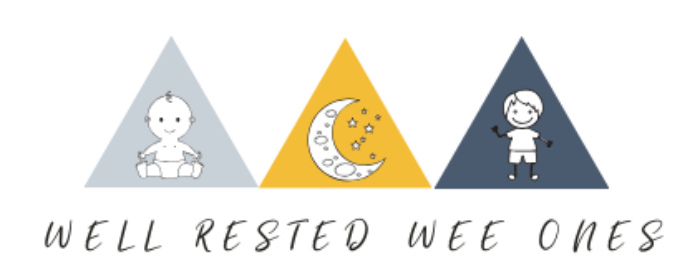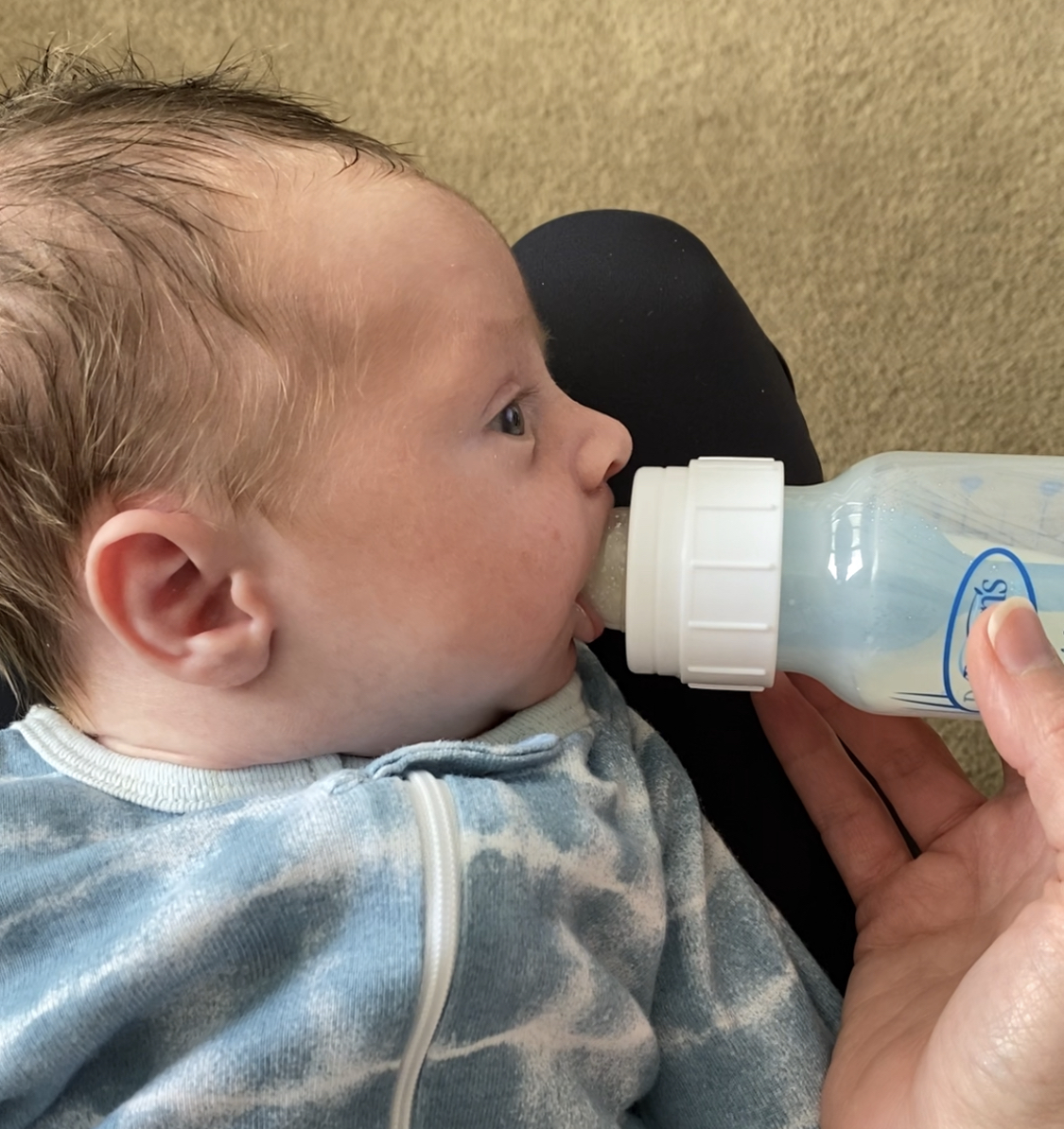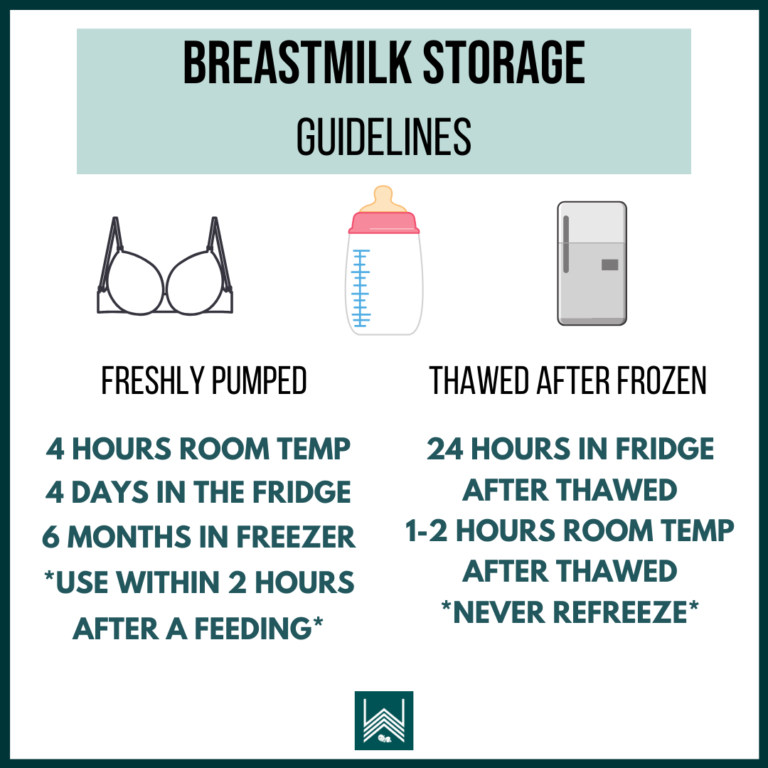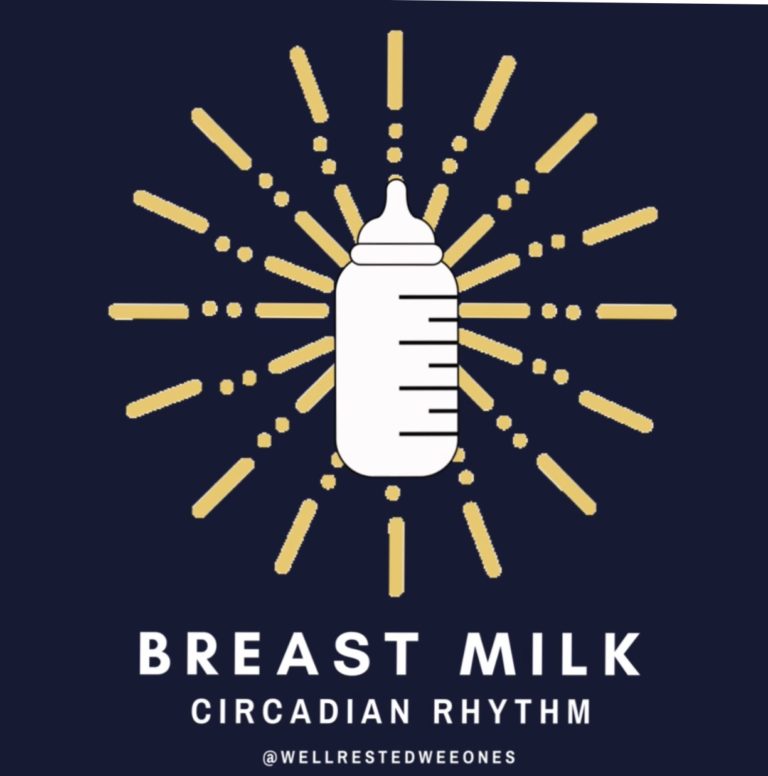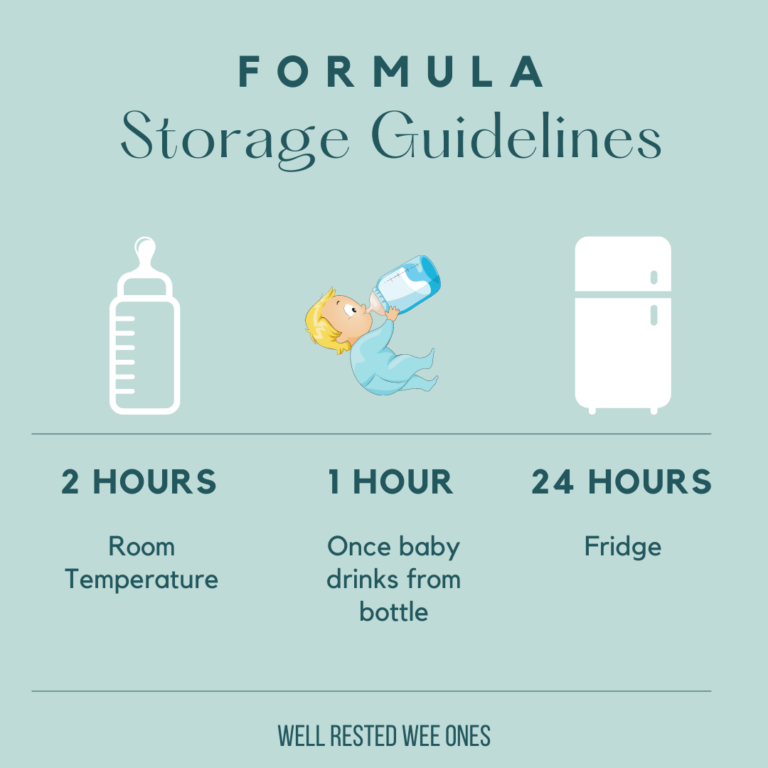How to Introduce a Bottle and Use Paced Bottle Feeding
Thinking about introducing a bottle to your baby? Have you already incorporated a bottle into the daily routine? Whether you are alternating between breast and bottle feeding or exclusively bottle feeding it’s important to learn the basics! Learn how to introduce a bottle and use paced bottle feeding.
feeding cues
As a new Mom, it takes a few weeks to learn your baby’s cues for feeding and sleep. Crying may seem like the only form of communication in the early days, but there are many other cues you can watch for to help you learn when your baby is hungry and when they are satisfied after a feeding. Learning these signs will help you know when your baby is hungry for a feeding and when they are full! My newborn sleep and feeding guide is a great resource with tips and education to guide you to better feeds and sleep in the first 3 months!
Hunger Cues
- Licking/smacking lips
- Opening and closing the mouth
- Bringing hands to the mouth
- Rooting-moving the head from side to side as if looking for something–MILK!!
- Crying is a late hunger and tired sign
Full Cues
- Hands are open and relaxed
- Body is relaxed
- Baby pulls away from bottle or breast and if offered again turns head away or keeps mouth closed
- Falling asleep
When to introduce a bottle?
I recommend introducing a bottle around 4-6 weeks of age. This gives you time to establish a healthy breastmilk relationship and supply before introducing another form of feeding.
At 4 weeks, your baby is still young enough to accept the bottle without resistance and you have gained confidence in your breastfeeding relationship.
By feeding your baby a bottle once a day or every other day, your baby will learn and maintain the skill of bottle feeding with less of a chance of bottle refusal down the road. This is important if you work outside the home or even if you plan to have an outing that lasts more than 2-3 hours!
I recommend introducing a bottle when your baby is well-rested and not starving! The first bottle does not have to be a full feeding. It can be 1-2 ounces!
Try offering a bottle at the halfway point of awake time and have your partner offer the bottle if available. Not only will this give you a break down the road, but it will also foster a relationship with Dad! Think of how many relationships are built over a meal! This includes babies too!
How to Introduce a Bottle?
When introducing a bottle, I recommend using a method referred to as Paced bottle feeding. All babies who use bottles can benefit from paced bottle feeding to prevent overfeeding. It is especially helpful for mothers who combine breastfeeding and bottle feeding–whether for medical reasons, by choice, or for baby’s time at daycare.
Bottle preference is a common concern for many mothers and can occur when the flow of milk from the bottle is faster than the flow of milk from the breast. Paced bottle feeding slows down the flow of milk to avoid bottle preference and weaning from the breast before mom and baby are ready. Some moms may find their baby becomes fussy when returning to the breast if offering a bottle without using this technique.
What Nipple Should I Use?
I recommend using a slow flow or level 1 nipple for as long as possible if alternating between breast and bottle feeding. Using a level 1 nipple mimics the flow of breastfeeding when combined with paced bottle feeding. No matter what the flow or level of the nipple, the milk will still flow freely out of the bottle if the nipple is pointed down.
As your baby gets older, you may find that you need to change the nipple to a faster flow if the following happens:
- Feedings start to take 30-45 minutes
- Your baby is frustrated during a feeding
- The nipple is collapsed
- Your baby latches and unlatches during the feeding
How do I use Paced Bottle Feeding?
It’s very easy and there is no special equipment involved! Follow these steps:
- Position baby in an upright position
- Hold the bottle nearly parallel to the floor
- Allow the nipple to partially fill by tilting the bottle up just a bit, then bring the bottle position back to parallel
- Your baby will have to do the work to drink from the nipple opposed to the milk flowing freely through the nipple if the bottle was pointed up
- Your baby should take brief pauses while drinking which mimics breastfeeding
- While your baby pauses, angle the bottle down so the milk leaves then nipple
- Repeat by filling the nipple and giving short breaks until your baby decides when they are finished
If you use this method your baby will never know the difference and be more accepting of the transition between the breast and bottle.
If your baby is used to chugging a bottle in 5 minutes, it may take a few days to accept a new slower-paced feeding.
The benefit to paced bottle feedings include:
- Less likely to overfeed
- Able to monitor baby’s hunger and satiety cues during pauses
- Baby can decide when they are finished eating as opposed to trying to get your baby to finish the bottle
- Promotes a healthy breastfeeding relationship.
Bottle refusal
Bottle refusal can start as early as 4-6 weeks and can be so frustrating to be the only parent who can feed baby if you had other plans in mind for your feeding journey!
If you have any plans to have other caregivers feed your baby, plan to work outside of the home, or just want a break from being the only one to feed your baby I highly recommend introducing a bottle early.
See my blog with tips for bottle refusal here.
Resources to help your family
If you’re a new or expecting parent, establish healthy sleep habits and routines from the start with newborn sleep and feeding guide.
If you’re out of the newborn phase and facing sleep challenges with overnight sleep or naps, I have a class for you! The 4-24 Month Well Rested Collection will walk you step-by-step through a completely customizable sleep training experience. In just a few weeks, your baby will be getting 11-12 hours of independent night sleep, AND you’ll have a plan to navigate any future regressions or bumps in your journey. I’ll also help you set up a daytime routine and nap schedule that fits your family’s lifestyle and values. And you’ll get age-specific guidance to meet your baby right where he or she is developmentally at every stage from now until your baby turns 2.
I also offer 1:1 personalized sleep coaching to families starting at 3 months of age! I have multiple options that can help you get sleep on track!
Please Share this Post with a Mama!
